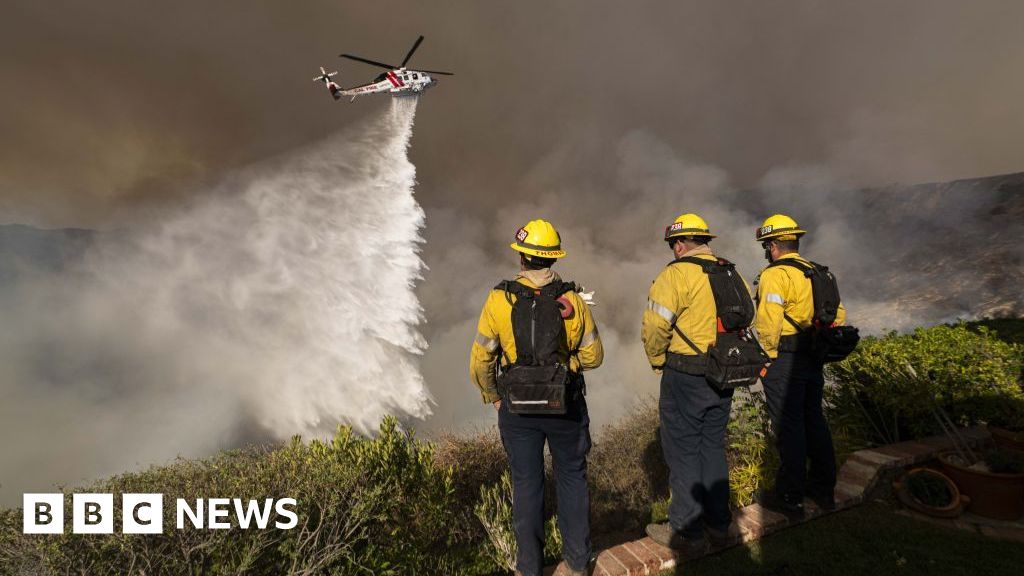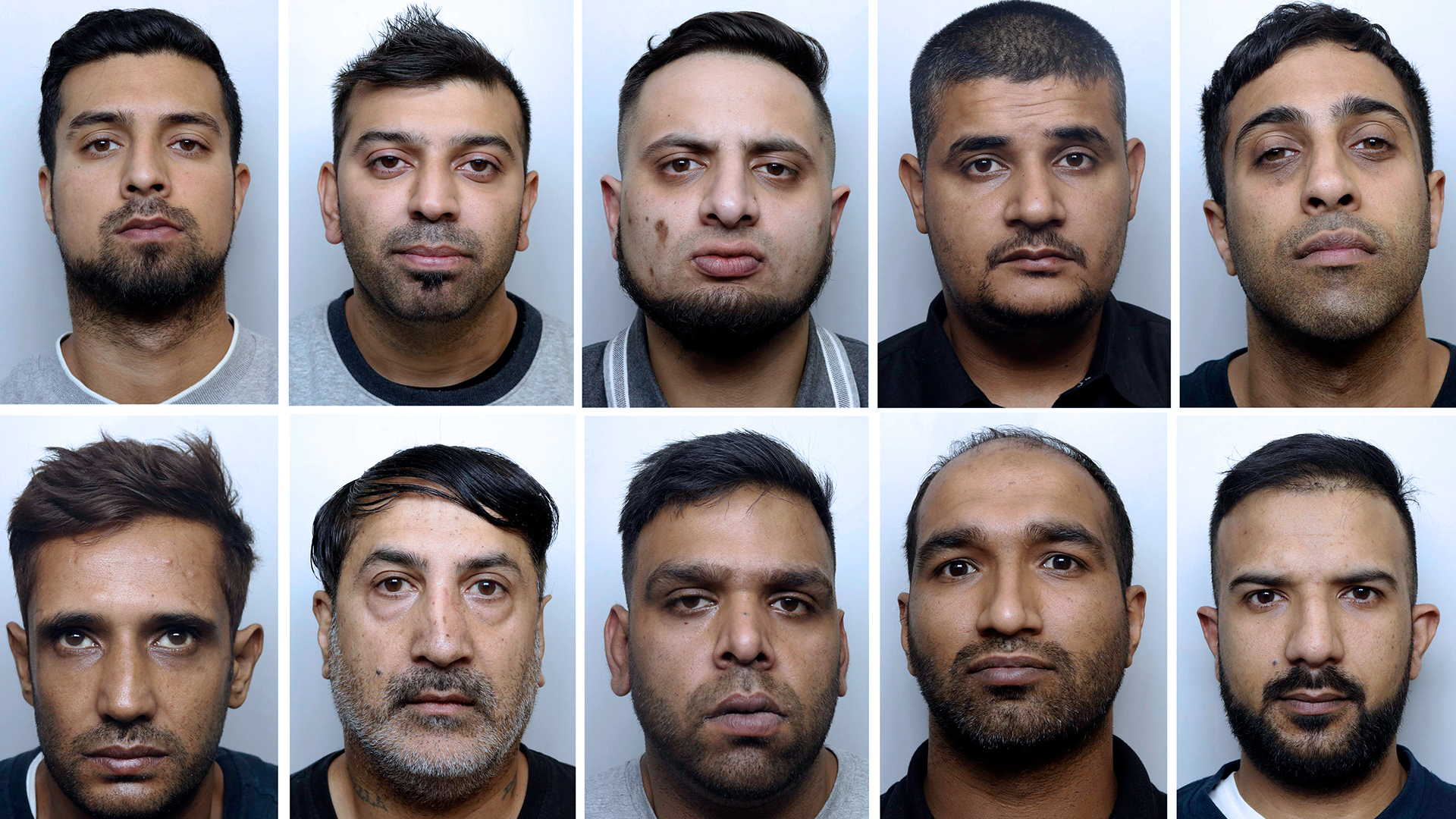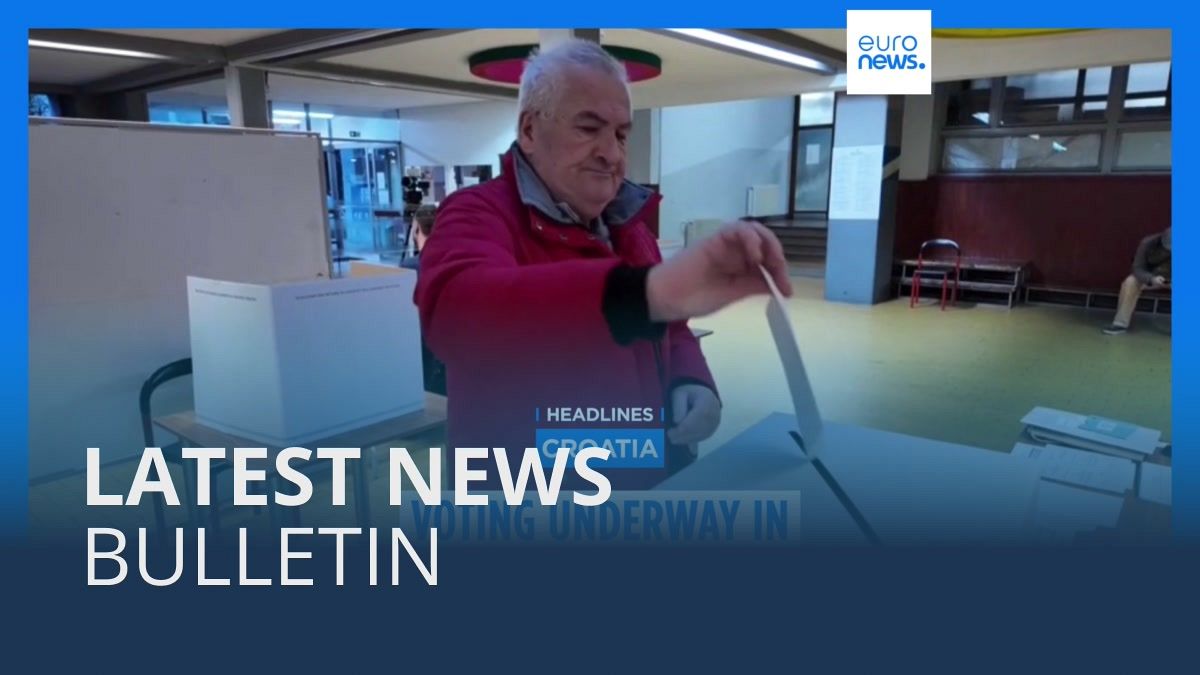“Please,” each post begins. “Don’t scroll.”
Such is the familiar plea Palestinians in Gaza are making as they appeal for support on social media platforms—primarily through the video-sharing app, TikTok—amid a war that has claimed their homes, their livelihoods, and, many fear, their futures. On its face, their ask of viewers is relatively simple: Watch the video until the end. Share, repost, comment. Donate if you can.
When these kinds of posts started appearing on For You Pages, many users dutifully obliged, helping to raise tens of thousands of dollars for Palestinian families seeking to crowdfund their way to safety in neighboring Egypt. Hundreds of families have already reached their fundraising goals, according to Operation Olive Branch, a volunteer-led grassroots initiative that helps verify and support fundraising campaigns for Palestinian families in Gaza. The popular crowdfunding platform GoFundMe tells TIME that since Oct. 7, fundraisers for those in Israel and Gaza (the platform doesn’t distinguish between the two in its data-gathering) received more than 5 million donations totalling more than $225 million.
Countless more are still fundraising, however—if not to afford the exorbitant fees needed to evacuate the Strip (the only viable route out of Gaza, the Rafah border crossing, has been shuttered for months), then to simply survive. But that task is proving all the more difficult. Many of those appealing for help on TikTok complain that their posts aren’t getting the traction they used to—an indication, perhaps, that they are being punished by an algorithm that eschews political content or, worse yet, that people have simply stopped watching.
“I do think people are less engaged than they were,” an Operation Olive Branch spokesperson tells TIME, noting that the scale of the horrors in Gaza could be having a desensitizing effect.
To combat this, some users supporting Palestinian fundraising campaigns have gotten more creative with their social media posts by camouflaging them with more popular topics or by embedding calls for donations in seemingly unrelated videos. That effort is similarly mirrored by Palestinians on the ground in Gaza, many of whom have taken to urging viewers to do what they can in order to bolster engagement with their video in the hopes that it reaches more people. “My child deserves a better life,” a Palestinian woman says in a June post while cradling a baby in her arms in what appears to be a dilapidated building, the sound of drones audible in the background. “Press on every single button on the screen and save our lives.”
But experts warn that such efforts can only go so far. Because although TikTok’s AI-powered algorithm is heavily informed by what users view, like, and share, it is also determined by what kind of content TikTok believes users want to see. “TikTok has said that they really don’t want to have political content—that’s not what they want this platform to be for,” Laura Edelson, a researcher at Northeastern University who spent four months tracking the spread of pro-Palesetinian and pro-Israeli content on TikTok between early October 2023 and late January 2024. “They want this platform to be for entertainment.”
Critics have argued otherwise, suggesting that TikTok is guilty of both amplifying and censoring Palestinian voices on the app. Although the video-sharing platform didn’t respond to requests for comment, it has in an earlier blog post stated that its algorithm’s “recommendations are based on the content people have previously engaged with” and that the platform “does not ‘promote’ one side of an issue over another.”
But according to Edelson, TikTok’s algorithm isn’t partial to content that could be regarded as political. Posts that solicit donations, she says, are similarly disfavored.
Read More: A TikTok Watermelon Filter Raising Money for Gaza Highlights the Platform’s Potential for Fundraising
When asked about the effectiveness of Palestinians in Gaza asking users to engage with their videos in certain ways in order to boost their popularity, such as commenting more than nine words or pressing all four buttons on the screen, Edelson says that these are “folk beliefs” that don’t necessarily make a post anymore popular. “What the algorithm is trying to maximize for is session duration,” she says. “Other things like shares, likes—they don’t really matter. So that’s why they’re saying ‘don’t scroll.’ They do want that engagement, but only because it frankly extends the amount of time you’re interacting with the content.”
That these “folk beliefs” persist isn’t necessarily surprising. Edelson says that for many users who are concerned about the humanitarian crisis in Gaza, where nearly 40,000 people have been killed and millions displaced, engaging with videos in this way helps meet their “psychological need to help,” a phenomenon as old as social media itself. “Trying to leverage social media to bring awareness to a cause and very specifically to raise money is also one of the oldest uses of social media.” Unfortunately for Palestinians, such appeals tend to be disfavored by social media algorithms.
But some Palestinians in Gaza are figuring out how to give TikTok the kind of content it wants. Since May, 19-year-old Mohammad Halimy has been creating regular “day in the life” vlogs—among the more common types of video formats typically seen on TikTok—capturing what it’s like being a displaced Palestinian in Gaza. Halimy, who is originally from Gaza City but currently resides in a tent with his family in the coastal town of Al-Mawasi, says that he initially began posting TikToks as a means of combating depression. “I had nothing to do but to just keep thinking about what’s going on with my life and how it’s now all destroyed, all gone,” he tells TIME from a makeshift internet cafe—one of the few areas where he can get a stable connection, as he explained in a recent post. “I felt like I could report [about] my life and what’s going on with it in a different way, which you kind of see in my videos. I have a different perspective of life, and I wanted to show that to people.”
Unlike most other TikToks coming out of Gaza, Halimy’s are more about capturing the realities of life under bombardment—such as how to get clean drinking water, wash clothes, or charge devices—than they are about soliciting donations, although like others he does have a GoFundMe page to fundraise for his family’s evacuation. “I think they want to know more about Gazan life,” he says of TikTok users, noting that his previous posts have accrued as many as 600,000 views. The more his following has grown—he currently has more than 121,000 followers on TikTok—the more support he’s received. And that support is vital for Palestinians in Gaza, many of whom have seen their livelihoods and savings wiped out by the war.
“Everything is too expensive, and most people have lost their jobs,” Halimy says, noting that even basic items such as sugar, a kilo of which might have cost three shekels or $1 before the war, now costs closer to $30. “That’s why they keep trying to promote their fundraisers, because it’s basically now their only source of income.” But in order to sustain that support, he says, asking users not to scroll won’t suffice. “People have had enough of these videos.”
“Unfortunately, the attention economy and the algorithm want things that are entertaining—they want vlogs, they want days in the life,” says the Operation Olive Branch spokesperson. “If families can do it, that’s a good way to fundraise, because TikTok will push those things.”





















Discussion about this post